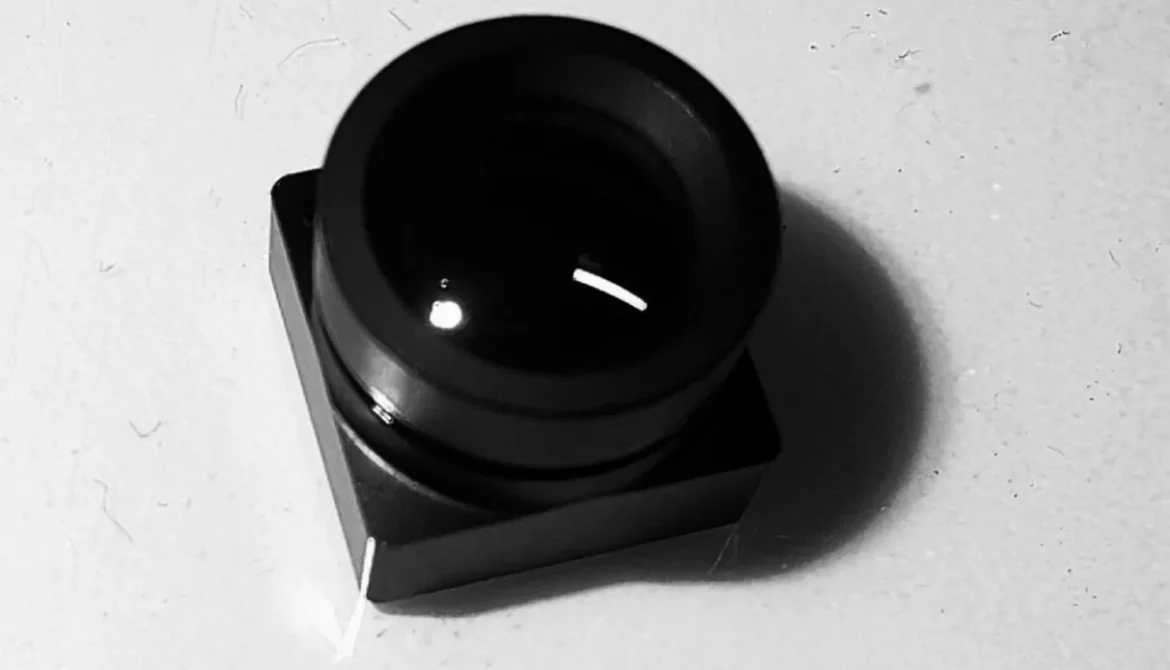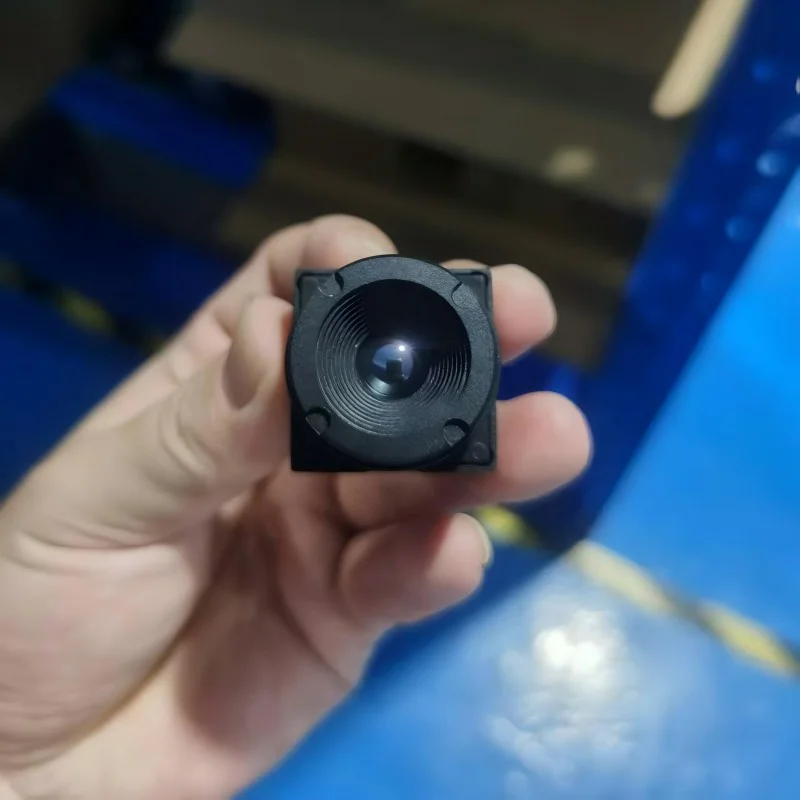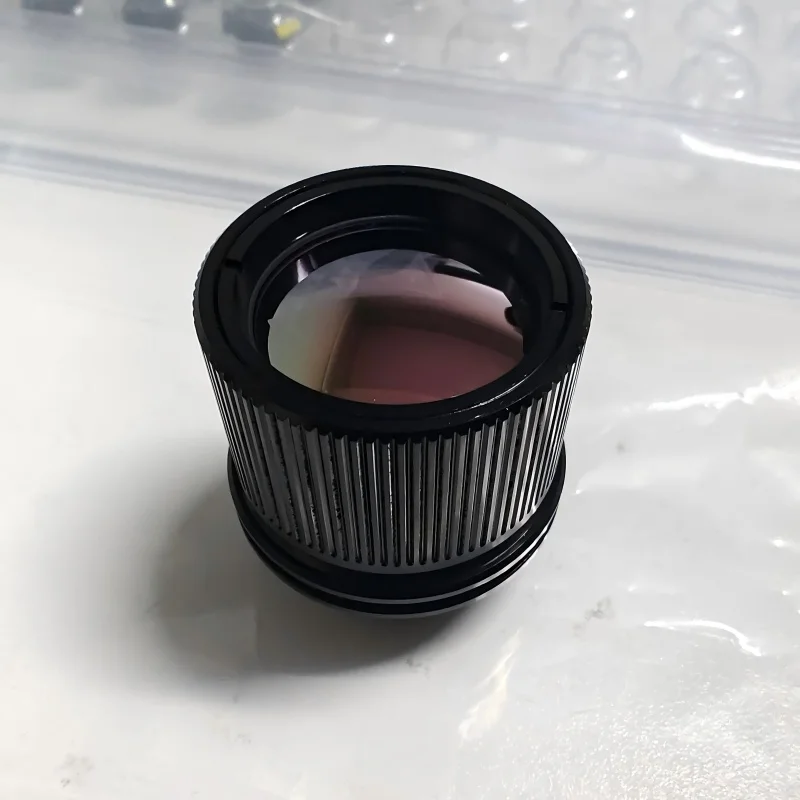In today’s rapidly advancing technological era, thermal imaging technology has become an indispensable tool across various industries due to its unique capabilities and wide-ranging applications. At the heart of thermal imaging systems lies the thermal imaging lens, a critical component that determines the system’s ability to efficiently and accurately capture and display infrared radiation information. This article delves into the working principles, types, applications, and key considerations for selecting thermal imaging lenses, helping readers gain a comprehensive understanding of this technology and its significant value in modern society.
Working Principle of Thermal Imaging Lenses
Unlike traditional optical lenses that rely on visible light for imaging, thermal imaging lenses capture infrared radiation (heat) emitted by objects to generate images. Any object with a temperature above absolute zero (-273.15°C) emits infrared radiation, and thermal imaging lenses leverage this property to convert invisible infrared energy into visible images that humans can interpret.
The Nature of Infrared Radiation
Infrared radiation is a segment of the electromagnetic spectrum, situated between visible light and microwaves. It is typically categorized into near-infrared (NIR), mid-wave infrared (MWIR), and long-wave infrared (LWIR) bands. Thermal imaging lenses primarily operate in the MWIR (3-5 microns) and LWIR (8-14 microns) bands, as these ranges effectively detect temperature differences on object surfaces and offer good atmospheric penetration.
Imaging Process
The imaging process of a thermal imaging lens involves several key steps:
-
Infrared Radiation Collection: The lens captures infrared radiation emitted by the target object through its optical elements.
-
Focusing: Optical components focus the infrared radiation onto a detector.
-
Signal Conversion: The detector (e.g., a microbolometer or photon detector) converts the infrared radiation into electrical signals.
-
Image Generation: A signal processing unit processes the electrical signals to produce a visible thermal image.
Core Components
The design of thermal imaging lenses relies on the following critical components:
-
Optical Elements: Typically made from materials like germanium (Ge), silicon (Si), or zinc sulfide (ZnS), which have high transmittance in the infrared spectrum.
-
Detector: Converts infrared energy into electrical signals, with common types including uncooled microbolometers and cooled photon detectors.
-
Signal Processor: Optimizes signals to generate high-quality images.
Types of Thermal Imaging Lenses
Depending on the use case and functional requirements, thermal imaging lenses are available in various types, each with distinct advantages.
1. Fixed Focal Length Lenses
Fixed focal length lenses have a set field of view and focal length, making them ideal for scenarios requiring consistent imaging, such as security surveillance or industrial equipment inspection.
2. Zoom Lenses
Zoom lenses allow users to adjust the focal length and field of view, suitable for applications requiring flexibility in observing targets at varying distances, such as search and rescue or wildlife monitoring.
3. Wide-Angle Lenses
Wide-angle lenses provide a broader field of view, making them perfect for large-area monitoring tasks, such as building heat loss assessments or forest fire early warning systems.
4. Macro Lenses
Macro lenses are designed for close-range imaging, capable of capturing minute temperature variations, commonly used in electronic circuit troubleshooting or localized medical diagnostics.
Applications of Thermal Imaging Lenses
Thermal imaging lenses have a wide range of applications, spanning nearly every facet of modern society. Below are some key application areas:
1. Industrial Inspection
In industry, thermal imaging lenses are used for equipment condition monitoring, pipeline leak detection, and electrical fault diagnosis. By analyzing temperature distributions on equipment surfaces, engineers can quickly identify issues, preventing production downtime.
2. Security and Surveillance
Thermal imaging lenses excel in low-visibility conditions, such as darkness, fog, or smoke, making them widely used in nighttime security, border surveillance, and firefighting. They help identify hidden targets or heat sources, enhancing safety.
3. Medical Diagnostics
In healthcare, thermal imaging lenses detect abnormal body temperatures, aiding in the identification of inflammation, circulatory issues, or early-stage tumors. This non-invasive method provides valuable diagnostic support for physicians.
4. Military and Defense
Thermal imaging lenses are critical in military applications, including night vision devices, target tracking, and missile guidance systems, enabling soldiers to maintain operational advantages in low-visibility environments.
5. Scientific Research and Environmental Monitoring
Scientists use thermal imaging lenses to study material properties, monitor volcanic activity, or analyze wildlife behavior, providing data for environmental protection and academic research.
Importance of Thermal Imaging Lenses
Thermal imaging lenses are often referred to as the “eyes” of thermal imaging systems, as their performance directly impacts image quality and application effectiveness. Key aspects of their importance include:
-
Sensitivity: Ability to detect minute temperature differences, enhancing image detail.
-
Resolution: Provides clear thermal images for accurate target identification.
-
Environmental Adaptability: Operates reliably in extreme conditions, such as high or low temperatures and high humidity.
-
Durability: Made from specialized materials to ensure a long service life.
How to Choose the Right Thermal Imaging Lens
Selecting the appropriate thermal imaging lens requires careful consideration of several factors to meet specific needs:
-
Operating Wavelength: Choose MWIR or LWIR lenses based on target characteristics and environmental conditions.
-
Focal Length and Field of View: Determine the appropriate parameters based on observation distance and target size.
-
Resolution Requirements: High-resolution lenses are ideal for detail-intensive applications.
-
Protection Rating: Ensure the lens is dustproof and waterproof for outdoor use.
-
Budget: Balance performance with cost to find the optimal solution.
Future Trends in Thermal Imaging Lenses
As technology advances, thermal imaging lenses are evolving in the following directions:
-
Miniaturization and Portability: More compact designs enable integration into drones, smartphones, and other devices.
-
Performance Enhancements: New materials and processes will improve sensitivity and resolution.
-
Intelligence: Integration with AI enables automatic target detection and data analysis.
-
Multifunctionality: Combining with other sensors to provide comprehensive environmental insights.
Conclusion
As a cornerstone of thermal imaging technology, thermal imaging lenses demonstrate immense functionality and potential across industries like industrial inspection, security, healthcare, and military applications. By understanding their working principles, types, and selection criteria, we can better harness this technology to address real-world challenges. Looking ahead, ongoing innovations in thermal imaging lenses will continue to drive societal progress, unlocking new possibilities.







